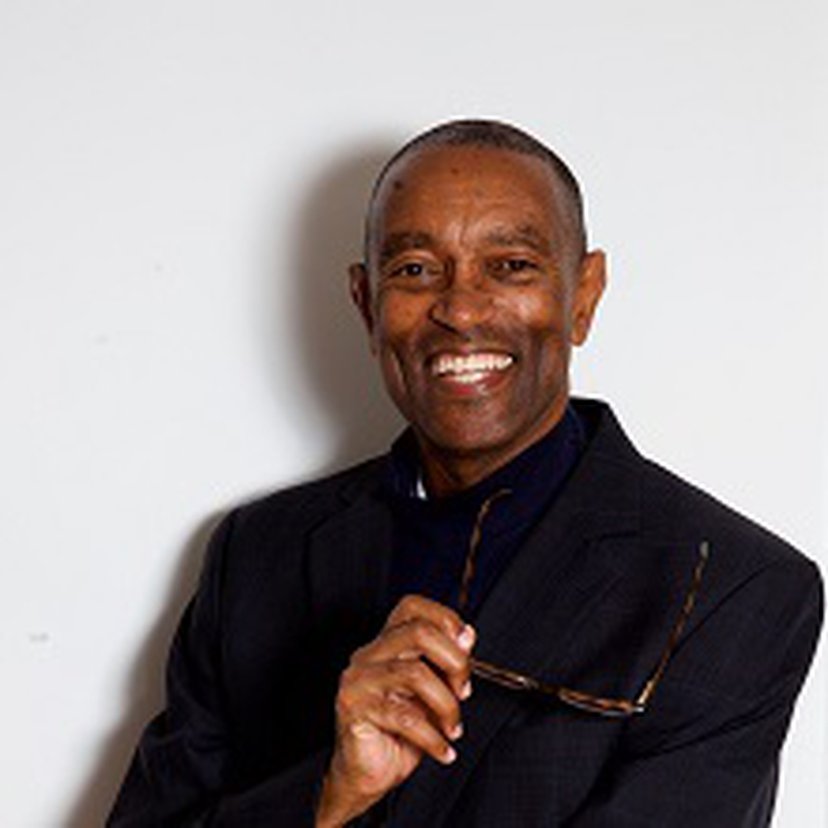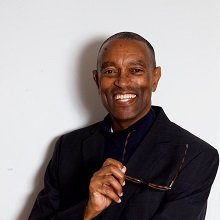Peter T. Lewis

Peter T. Lewis
In the last 5 years, IoT has entered the industry consciousness.
There are varying forecasts calling for tremendous growth and revenue generation opportunities.
We have argued IoT as part of the Connected Intelligence Evolution and have published a couple of papers on this topic of ongoing research.
Last year, we delved into the history of IoT.
Before it was fashionable to say IoT, it was M2M, and before that Telemetry and Telemetric systems.
During our research last year, we came across something that our industry and the media got wrong – the origination of the term Internet Of Things or “IoT.” The current thinking is that the term first originated at the Auto-ID center at MIT around 1999.
IoT didn’t really enter the conversation until ITU’s IoT report in 2005.
It took another 5-6 year before the 50B forecasts started [3]appearing for connected devices and of course the lion-share of the growth was attributed to IoT.
Regardless of the forecasts, IoT is a thriving ecosystem and the future of opportunities and its relevance in transforming industries has never been more important.
That’s why it is important to get the historical context right.
To the extent we could find, the term “Internet of Things” was first conceptualized, coined, and published in Sept 1985 by Peter T. Lewis in a speech to the Congressional Black Caucus Foundation 15 th Annual Legislative Weekend in Washington, D.C.
There was no widespread availability of Internet in those days so the Internet didn’t archive it some place and Peter Lewis was busy with his new startup endeavors and we lost track of an important speech that brought together the vision of IoT together.
Only a few close friends and colleagues knew about the speech.
The full speech is published with permission in this note and as you will see, his vision was spot on –30 years ago.
Peter was uniquely positioned to understand the confluence of machines, wireless, Internet, applications because he had been exposed to them from different angles by then.
*By connecting devices such as traffic signal control boxes, underground gas station tanks and home refrigerators to supervisory control systems, modems, auto-dialers and cellular phones, we can transmit status of these devices to cell sites, then pipe that data through the Internet and address it to people near and far that need that information.
I predict that not only humans, but machines and other things will interactively communicate via the Internet.*
**
*The Internet of Things, or IoT, is the integration of people, processes and technology with connectable devices and sensors to enable remote monitoring, status, manipulation and evaluation of trends of such devices.
When all these technologies and voluminous amounts of Things are interfaced together -- namely, devices/machines, supervisory controllers, cellular and the Internet, there is nothing we cannot connect to and communicate with.
What I am calling the Internet of Things will be far reaching.*
Peter started his career as a young commander and nuclear officer-in-charge in the US Army and served in the US and abroad in charge of critical communications and as a nuclear officer, in charge of running NATO’s first strike force during the cold war.
In fact, here is a fascinating trivia for the history buffs – Peter was called by the Secret Service to retrofit President Reagan’s Limo (it was a 1972 Lincoln Presidential parade car) with phone service in the Motorola shop in Prince Georges County in 1984.
From the very early days of his career, Peter understood the importance of cellular communications before many of his peers at the time and was determined and focused to play a role in the birth and subsequent growth of the industry.
At the start of 1980, he cofounded Metropolitan Radio Telephone System, Inc. or MRTS which merged with other partners to make the first cellular company in the US – Cellular One.
The grand opening of Cellular One took place at the Vista International Hotel (now the Westin Washington) in Washington DC on 16 Dec, 1983.
Later on, the company was folded into Cingular and then into the current AT&T Wireless.
Peter T Lewis also played an influential role in the cellular settlements amongst mutually exclusive applications in over half of the top-90 US markets and in his interactions with the FCC.
It was during this time in 1985, he was invited by Ms. Zora Kramer at the FCC to present his thoughts on the burgeoning Cellular industry and participate with other executives on the panel moderated by Ms. Doris McMillon who was the news anchor for WJLA TV-9 in DC.
She now runs her own Media and Communications firm.
I had a chance to talk to Ms. McMillon to see what she remembered about that session from 30 years ago.
“Peter wowed the audience, some of the stuff he was saying seemed science fiction at the time,” she said.
Peter was very familiar with the work on ARPAnet at DARPA and from the beginning saw the cellular system not just for voice but also for data services; not just for connecting phones but all sorts of machines.
Remember, in those early days, cellular phones were installed in the car and amounted to thousands of dollars in equipment and monthly costs.
*In all of our filings with the FCC, we made mention of our intent to offer not just voice, but also data services over the cellular networks.
Particularly, was is easy to see that tons of machines and devices, many of which are situated in remote or hard-to-access areas, are in dire need of monitoring and manipulation so that managers of such machines and devices can check status, turn these devices on and off and modify settings and thresholds.
The narrow bandwidth of cellular ideally lends itself to carrying small amounts of data to and from machines and devices.
Some of you in the audience are familiar with the simultaneous and rapid development of the Internet -- whose progenitor was called the "ARPAnet" -- overseen by the U.S.
Department of Defense Advanced Research Programs Agency better known as "DARPA."
When the Russians launched the Sputnik communications satellite in 1958, this gave the U.S. government the urgent motivation to create DARPA so we would never again fall behind in critical technology behind a rival superpower.*
You can read the full speech to judge for yourself.
In the meantime, an entrepreneur like Peter can hardly sit idle.
He has played an important role in the connected cars that are so prevalent today (see patent USPTO 5587715).
He regularly advises the various government agencies like US Army, Pentagon, FAA, etc. and other corporations on future growth of technology and its impact on our world.
He is currently engaged in Unmanned Aerial Systems (a.k.a drones) industry, which is an emerging segment of the IoT industry.
So, the next time someone asks you about the origination of IoT at a cocktail party, you will have the data and the historical context of how Peter’s speech in Sept of 1985 came about.
Chetan Sharma.com [-1] [0] IOT Internet Of Things
